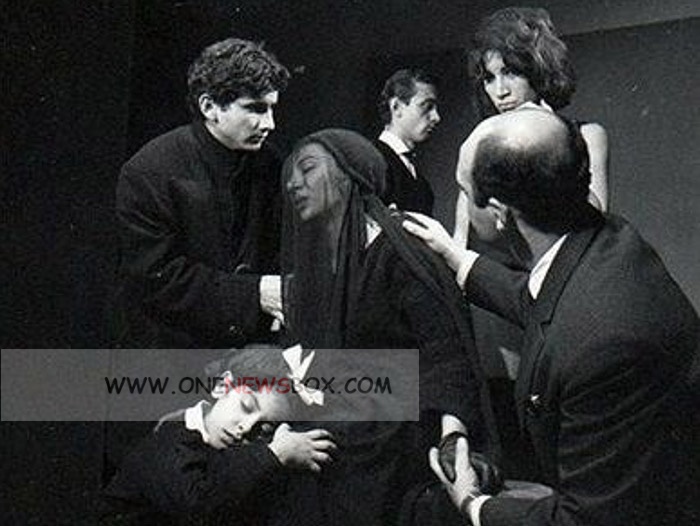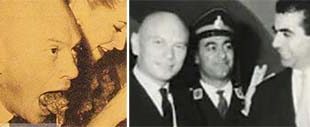Farrokhzad spent nine months in Europe in 1958. After returning to Iran, in search of a job she met filmmaker and writer Ebrahim Golestan, who reinforced her own inclinations to express herself and live independently, and with whom she began a love affair. She published two more volumes, The Wall and The Rebellion, before traveling to Tabriz to make a film about Iranians affected by leprosy. This 1962 documentary film, titled The House is Black, is considered to be an essential part of the persian New Wave movement.
Farrokhzad was not only a poet but also an accomplished filmmaker and intellectual. Her documentary film The House is Black (1963), which depicted the lives of leprosy patients in northern Iran, is widely regarded as a masterpiece of Iranian cinema. Through this work, she demonstrated her deep empathy and artistic vision, combining social awareness with poetic imagery.

